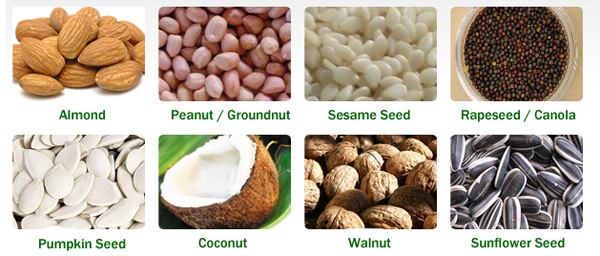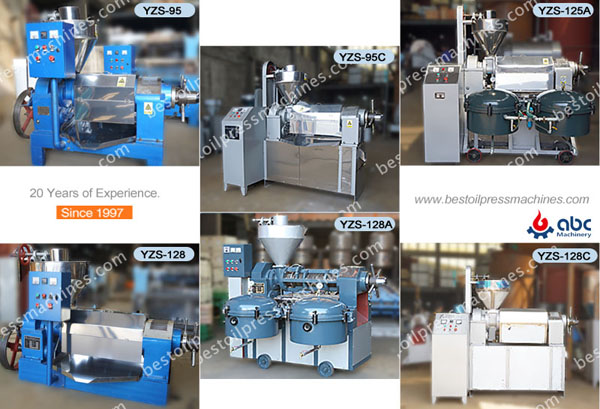When it is your first time to handle an Oil Press Machine, the foremost tasks would be to get acquainted with preparing the seeds. Proper seed preparation, which entails cleaning, would help you attain successful oil production. One of the very advanced press machines that is equally easy to operate is the Screw model. It is popularly used in the oil milling of vegetable seeds, corn germ, peanut, sesame in addition to others. Press machines similar to Oil Press Machine are best preferred due to their design structure. They are characterized by high oil output because of its multi propulsion directional fixed bearing system.

Other attributes associated with an oil press machine include automation of its controls. Milling temperatures are optimally kept under constant regulation with embedded vacuum distribution system to automatically separate seed and waste. This type automatic oil press machine is also portable and reliably durable. Its body hardware is made from heat resistant and oil proof material. The process of seed separation varies depending on type of seed and there are basically two step procedures to achieve it. One of the steps is to first remove the seed coats. The hulls may find its uses elsewhere like animal feed additives. Irrespective of type of seed, you are free to add the removed seed coats to your compost bin.
The remaining stage entails separating seed from the chuff. You may adopt small or large scale methods to achieve the same results. Available systems include medium fanning mill to larger spiral separator technologies. To obtain proper seed separation they must be thoroughly cleaned. Residues like stones, dirt and undesired particles are capable of causing considerable damage to the oil press system. Sand particles, including little dust particles are particularly known to cause long term wear and tear to the smaller parts within the machinery. Seeds to be processed must thus be very dry and free from humidity. Minimum allowed moisture content should not exceed 10%. Any seed with moisture content higher than this should not be taken for processing.

To ensure maximum amount of oil is obtained from the seed, you should have the seeds dry and warm. Temperature range should be between 100 and 160 degrees Fahrenheit. Depending on the amount of seeds to be processed, the above temperatures can easily be achieved. Small quantities of seed can be heated with the use of an oven or a double boiler. Another method is to use solar heat collectors.
